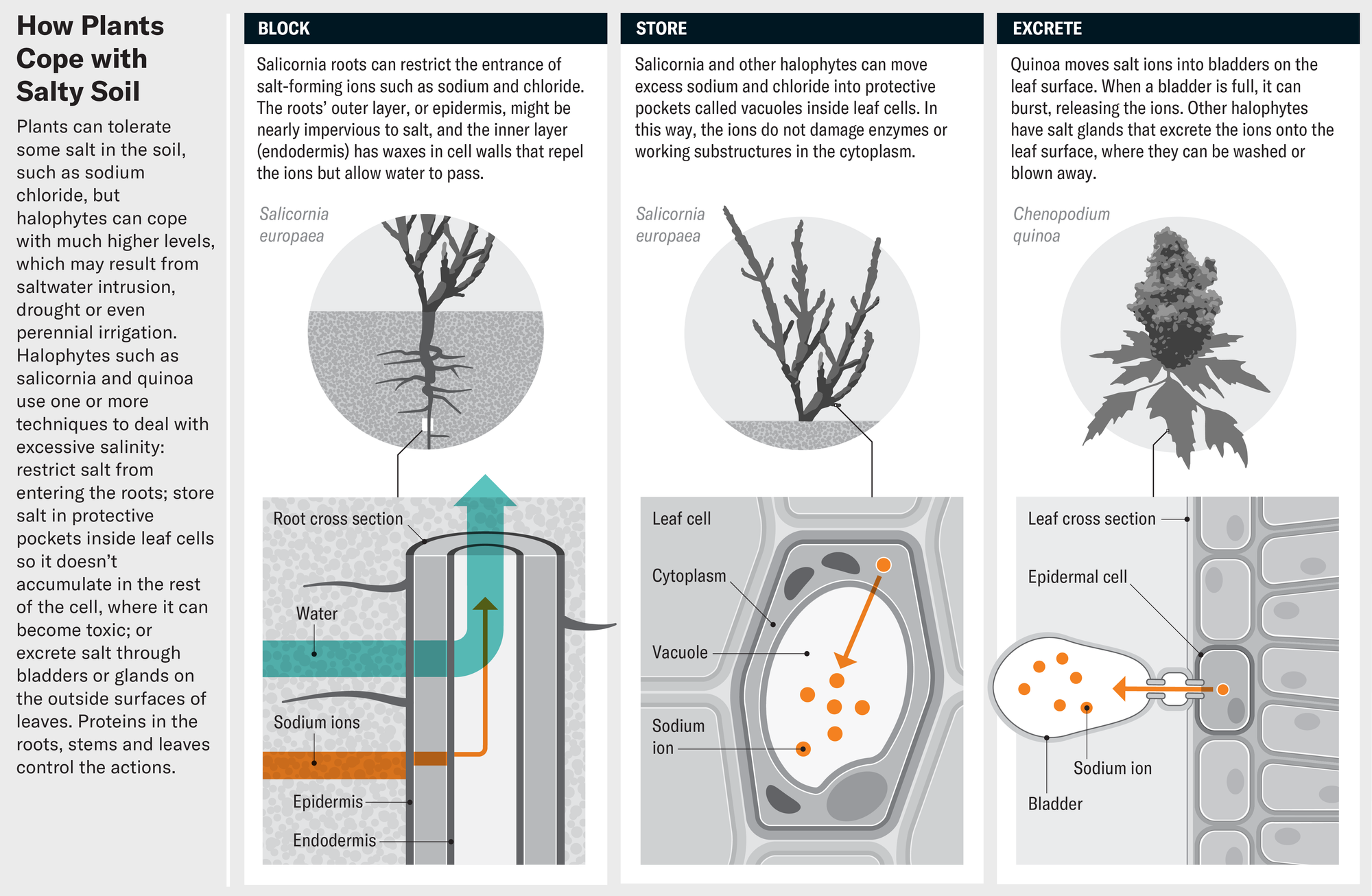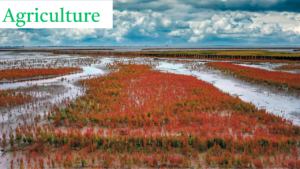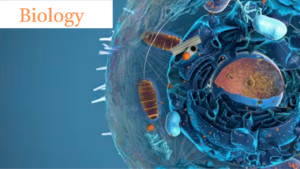Agriculture is the backbone of human civilization. People depends on agriculture for food. Crops are cultivated around the world to provide food supply for human being and other organisms. People have domesticated many plants as their food and cultivated in the field. New technologies are developed day by day to produce more food for increasing population considering human demand and climatic issue. Although agriculture is facing in trouble due to climate change. Climate change affects crop production drastically due to salinity, flood, drought etc. Increasing salinity in different area shows great adverse effect on crops. Soil salinity has a negative effect and disrupts plant growth through ion toxicity and osmatic imbalances. Salinization occurs due to accumulation of water soluble salts in the soil that affects the metabolism of soil and decrease its productivity. Also salt block the water uptake channel of root of plants. 
Also the irrigation system is responsible for water salinity. It is reported that; agricultural irrigation is also driving up soil salinity on inland farms around the world. Irrigation water contains different elements like sodium, magnesium, calcium and potassium. These elements form salt molecules and accumulate in the soil after evaporation of irrigated water. According to FAO, in each year up to 3.7 million acres of farmlands are eliminated due to salinity. Already twenty percent of world’s total cultivated land and thirty-three percent of irrigated farmlands are affected with salinity. Day by day the salinity of soil is being increased. It is alarming for crop production. Agriculturists are planning model of research to innovate new ways to cultivate crops in saline area. Scientists are studying to get new way to cultivate crops in saline soil. But there are few crops those are able to grow in high saline soil, halophytes.
What are halophytes?
Halophytes, a unique type of crops are grown in salty environment. Where other plants are unable to survive in high saline soil, where halophyte can grow normally in this soil. Halophytes are found in different area including coastal regions, poor drainage area in the tropics, saline semi deserts and mangrove swamps. There are lot of halophytes in the world. Out of them, only 2% of terrestrial plant species and small number of flower plants being domesticated and used as a food. It is reported that there are more than 7000 edible halophytes in the world. One of the plants is Salicornia, an edible halophyte with scientific name Salicornia europaea. Salicornia europaea is commonly called as amphire or sea beans. The plant has leafless stem looks like a tiny asparagus stalk. It has juicy crunchy texture to steamed green beans with a saltier flavor.
How halophytes cope with salty soil
Generally salt ions of saline soil impacts negatively in crop production. It is reported that salt ions block the root pores and stop water and nutrient transport system. But halophytes can overcome this obstacles following a special way. How halophytes cope with salty soil are shown in Fig-1.

Impacts of halophytes in the world food system
Halophytes are used as food in different area of the world. Ancient record shows that people have foraged them for food, fuel, medicine for thousands of years. There is historical record that halophytes are cooked, fermented, pickled and raw.
 Due to increasing of soil salinity and dwindling fresh water, halophytes may be the alternatives of commonly cultivated crops. One of the example is Saltbush. This halophyte is a type of shrub used in sheep feed in Western Australia grown in arid region, salty environment such as desert, salt plains, inland marshes and irrigated crop lands.
Due to increasing of soil salinity and dwindling fresh water, halophytes may be the alternatives of commonly cultivated crops. One of the example is Saltbush. This halophyte is a type of shrub used in sheep feed in Western Australia grown in arid region, salty environment such as desert, salt plains, inland marshes and irrigated crop lands.
Halophytes has become the issue for ecologists. Because this plants can thrive in harsh ecosystems from the tropics to temperate zones. Halophytes may be the important food for future specially in saline area. The study on halophytes will give new dimension in the world food system.
Also halophytes will be good food source but there are still plenty of obstacles. Some halophytes produce oxalic acid. This organic acid is toxic to the kidneys when eaten in large amounts. Many of the plants are “includer” halophytes. It means that, halophytes absorb sodium from their environment. This trait makes them high-salt foods. So it will be great concern for people with high blood pressure. Also, agronomists have learned and described that sodium levels in many of the harvested crops can be reduced significantly through cooking.
So, halophytes can be one of the source for ensuring food supply in food chain of the world. We need to emphasis to research on halophytes to make it more favorable for human consumption. Also agriculturist need to invent technology to cultivate halophytes in farmer level. By this way, we can be able to produce more food source for increasing population in the world.
Edited by Md. Rafikul Islam, science activist and writer
Source: Scientific American and earth.org









